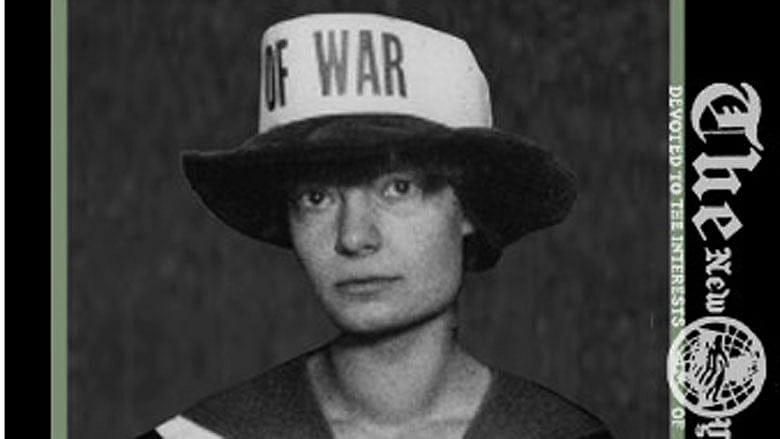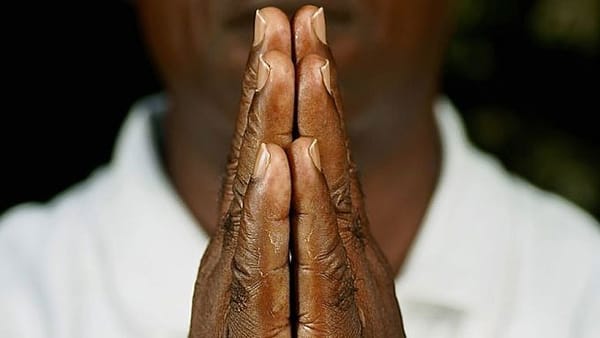Thinking outside the (reliquary) box: A historicist approach to a socialist emblem

"They were happy and lively times … we were alert … to what was happening to people, to poor people, all over the world … I think we really did try to understand how the different economic systems works, and the politics of our nations, and we wanted to see America change, really change, and we were going to do something about it." Tom McDonough's An Eye For Others: Dorothy Day, Journalist 1916-1917 — to be released April 5 — focuses on Day's early years as an investigative journalist for a socialist newspaper, long before her conversion to Catholicism and subsequent fame.
The format of the book is fairly straightforward: the chapters are organized according to thematic content, and include relevant transcriptions of Day's New York Call articles, complete with political cartoons. McDonough foregrounds the article transcriptions with helpful and at times, keenly insightful, historical context, including excerpts from Day's later work. As a result, the book reads more like a work of scholarship than a hagiography. This distinguishes McDonough's book from other biographies, and underscores the point that Day's journalism and social commentary deserve wider consideration beyond the small Catholic circles in which she is revered.

